Types of Plants
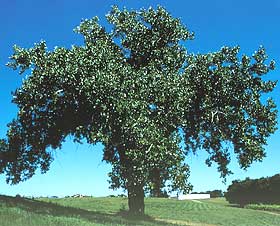
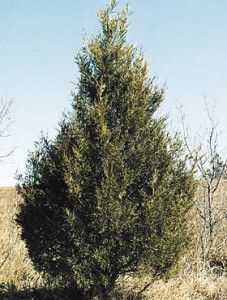
Figure 7.26: Examples of native Montana trees: plains cottonwood (top) and Rocky Mountain juniper (bottom).
Images from URL: http://www.mt.nrcs.usda.gov/technical/ecs/forestry/
There are many was to describe plant types within an ecosystem. For our purposes, we will keep it simple and group plants types by a plant’s form and structure. We give special focus to woody versus herbaceous plants, as well as where the plant is in the vegetative strata. Ideally, in a natural ecosystem, we would like to see a variety of plant types. Moreover, within each plant type group, we consider a variety of plant species desirable. This is especially important in riparian zones in Montana (areas near streams, rivers, lakes, etc). We will consider three general categories of plant types:
Trees: A tree is defined as a woody, perennial plant at least 5 meters tall with a single, well-defined stem (trunk) and a crown of leaves. Trees can be either deciduous or coniferous.
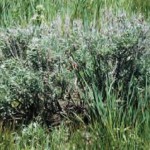
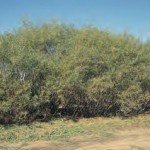
Figure 7.27: Examples of native Montana shrubs: silver sagebrush (top) and sandbar willow (bottom).
Images from URL: http://www.mt.nrcs.usda.gov/technical/ecs/forestry/
Shrubs (bushes): A shrub (also called a bush) is defined as a woody, perennial plant less than 5 meters tall with multiple and persistent woody stems arising at or near the base. No defined main stem is evident. The growth habit can be erect, spreading or prostrate. Shrubs can also be either deciduous or coniferous.
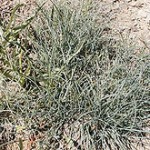
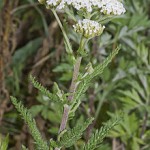
Figure 7.28: Examples of native Montana grass and forb: Idaho fescue (top) and common yarrow (bottom).
Images from URL: http://en.wikipedia.org/wiki/Festuca
Image from URL: http://en.wikipedia.org/wiki/Common
Herbaceous: An herbaceous plant is defined as a plant without a persistent stem or shoots above ground; the stem is green instead of woody. Herbaceous plants include both the graminoids and forbs.
- Graminoids: Graminoids are herbaceous grasses (family Gramineae or Poaceae) and grass-like plants such as sedges (family Cyperaceae) and rushes (family Juncaceae).
- Forbs: Forbs are broad-leaved herbaceous plants, many with relatively showy flowers, and all other non-graminoid herbaceous plants such as ferns and non-leafy succulents. Forbs are not graminoids (grasses, sedges and rushes).